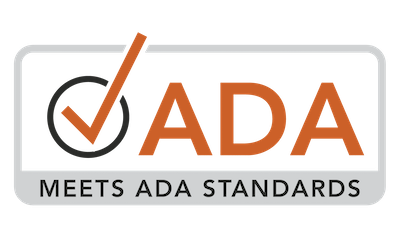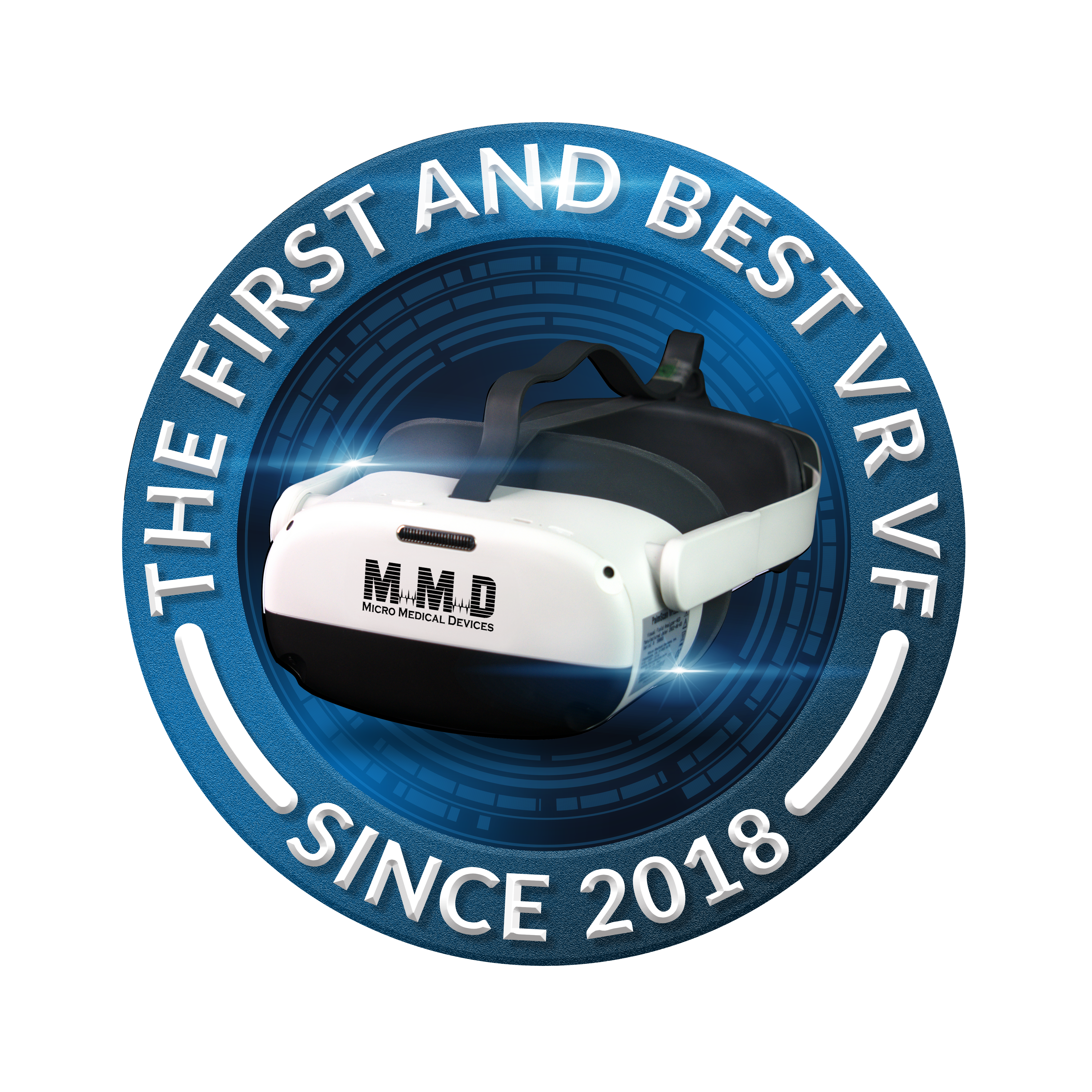Efficient, reliable, and patient-friendly, the VF2000 from Micro Medical Devices has been redefining visual field testing since 2018 when it was the first device of its kind on the market. Since adopting this next-generation diagnostic technology into his practice, Dr. Sage Hider has used the VF2000 to improve patient care and streamline his practice with ease.

Meet Sage Hider, OD
Dr. Hider is an optometrist and practice owner at Primary Eyecare Center in Atascadero, California. With over 30 years of experience, he has consistently adopted tools that allow him to deliver better outcomes for his patients. One of those tools is MMD’s VF2000 visual field headset, which has seamlessly integrated into his practice to improve reliability, office workflow, and the overall patient experience.
Dr. Hider and Sierra, a veteran tech who quickly adopted the VF2000, sat down to give their account on how this device has helped them in their work.
Commitment To Your Success
Micro Medical Devices has taken great pride in delivering complete solutions to practices. Our solutions don’t stop at just innovative technologies. Every product is backed by our unconditional 100% satisfaction guarantee. Our team of committed practice advocates are available live to ensure that your practice gets maximum value from your MMD product.
Want to try a product in your Practice?
Enhancing Practice Efficiency
Dr. Hider highlights how the VF2000 saves valuable time: “I don’t have to wait for a print-off or for it to be uploaded. I can have the tablet right in front of me that I can just pull up with the data instantaneously.”
The VF2000’s seamless integration with EHRs and its ability to be used in the exam room allows Dr. Hider’s team to eliminate delays, streamline patient flow, and keep their office moving.
New Technology That’s Easy to Learn
Sierra, an experienced tech in Dr. Hider’s practice, notes how quickly she and other staff were able to get started using the VF2000:
“I feel like anytime there’s change, people are always hesitant to do it. You have to show them, show the process and then they start kind of warming up to the new idea. I think it is one of the easiest instruments for us to train if someone new or train someone who’s been here.”
Accessibility and Impact on Patient Outcomes
Dr. Kamkar says patients love how accessible the technology is. All tests can be run in a way that’s comfortable for patients, without putting strain on their head and neck from holding in a single, unnatural position. And as Dr. Kamkar has seen, patient comfort yields better outcomes.
He says that despite the fact that the HFA has been considered the gold standard in VF analysis for years, he found that essentially, he and his team frequently found themselves looking for a disease that wasn’t there because the unit had erroneously detected missed points in the patient’s visual field that weren’t actually there.
A Modern Patient Experience
Patients today expect technology to be part of their care — “If they walk into an office that looks like it’s the 1970s, they’re not going to feel confident in the care they’re getting,”
Compared to bulky, traditional visual field devices that take up an entire room, the VF2000 is sleek, portable, and allows the patient to be tested without being shifted from room to room.
Sierra reports a similar sentiment from her experience.
“I know I had a few older patients that were a little hesitant about it, but in the end after doing it, they enjoy it a lot more. They always tell me at the end like, ‘Oh, this one, it was so easy. This one was way more comfortable.’”
Technology from a Trusted Partner
For Dr. Hider, trust in MMD’s products has been built over many years: “MMD has been a manufacturer I’ve used for many years for different devices, trusting them has always been very good,”
“I would tell every doctor out there that this is a no brainer.”
Contact Us
Email Us
Info: info@micromedinc.com
Sales: sales@micromedinc.com
Support: support@micromedinc.com
Hours
Saturday-Sunday: Closed






